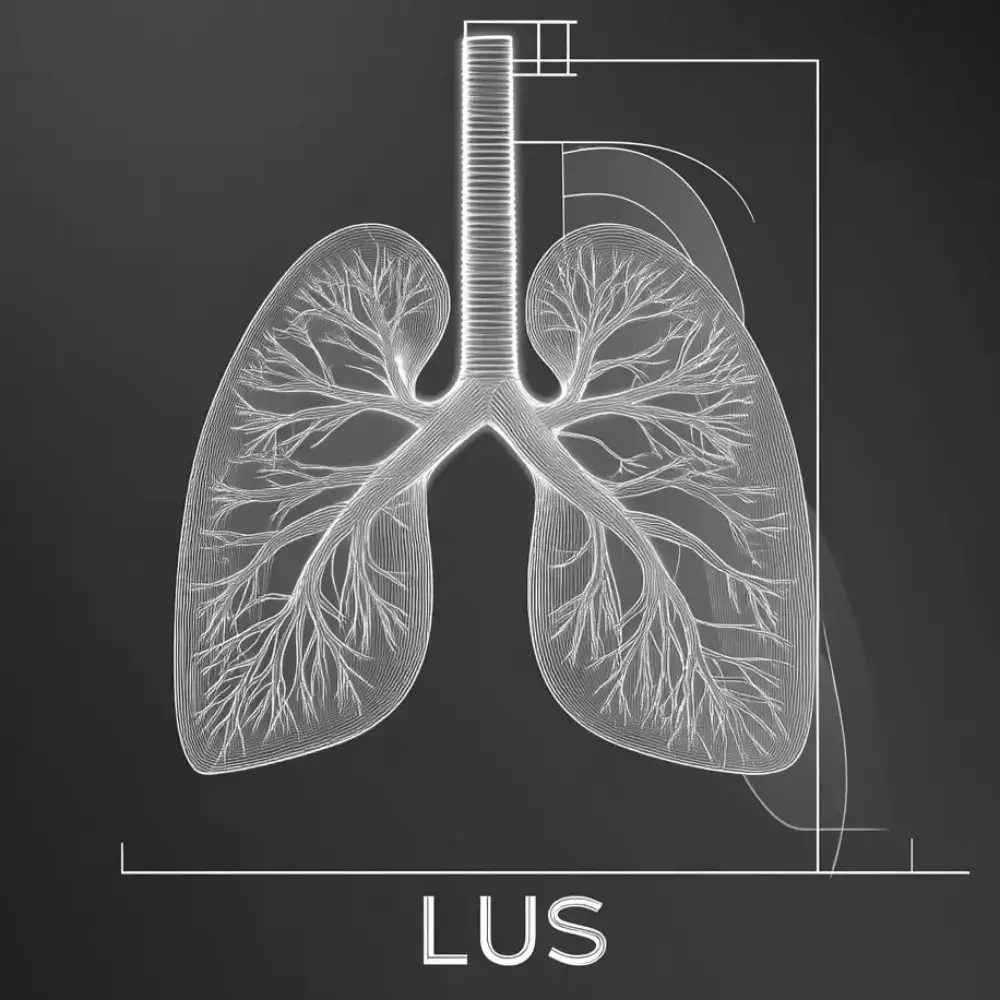Lung ultrasound (LUS)
Lung ultrasound is becoming more and more used to diagnose lung pathologies. Its advantages are the point-of-care approach, no radiation, and repetition focusing on illness progress over time. This algorithm should guide a student on properly achieving lung ultrasound images and recognizing basic pathologic images.
Review
In recent years, lung ultrasound has established itself as a valuable tool in acute medicine, with its diagnostic value continuously increasing. The algorithm developed by authors from Ostrava provides a clear guide on how to use this non-invasive tool for quick and accurate identification of pulmonary pathologies.
After an introductory overview of the types of probes suitable for lung sonography, the user is introduced to both normal and pathological images that may appear in the lungs. Understanding the concept of the “sliding sign”—the movement of the pleura during normal ventilation—is essential. The algorithm gradually guides the user through identifying other characteristic findings that can be diagnostically significant, particularly in emergency situations.
This well-structured algorithm is a valuable resource for both novice doctors and experienced clinicians.
Sources
BURŠA, F. (2021). Ultrasonografie v intenzivní a urgentní medicíně. Maxdorf. ISBN 978-80-7345-611-5.
LICHTENSTEIN, D.A. Lung ultrasound in the critically ill. Ann. Intensive Care 4, 1 (2014). https://doi.org/10.1186/2110-5820-4-1
Learning targets
2. The student recognizes basic ultrasound images.
3. The student can use ultrasound for diagnosis and to guide treatment.
Key points
2. Lung sliding followed by A-lines are physiological ultrasound images.
3. B-lines, C-profile, and consolidations are pathological ultrasound images.





